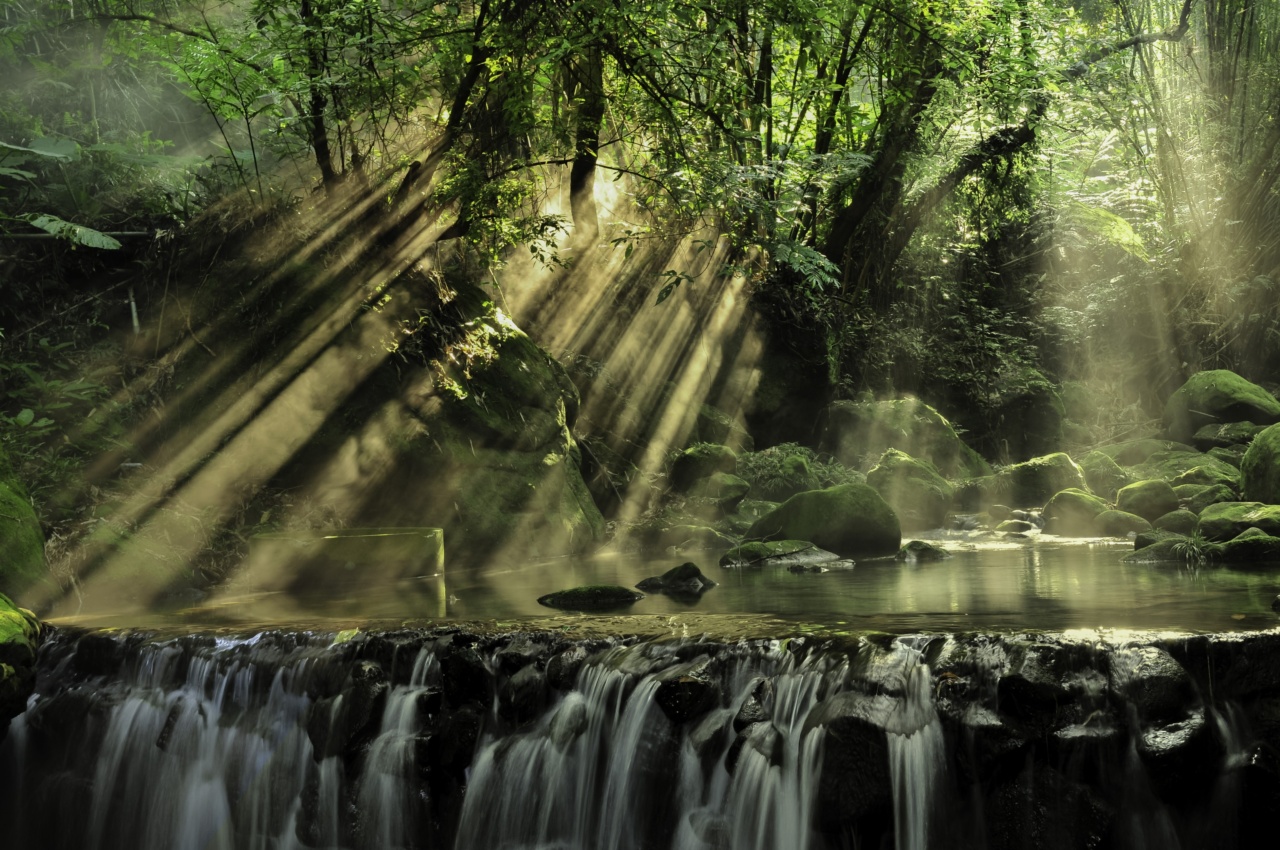Waterfalls are some of the most majestic and awe-inspiring natural wonders on earth. However, they can also pose significant risks to those who visit them.
There are three critical risk factors that anyone who visits a waterfall should be aware of to stay safe.
Factor 1: Slippery Rocks and Unstable Ground
One of the most significant risks of waterfalls is that the rocks surrounding the falls can be very slippery and unstable. This danger is especially present when stones are wet or covered with moss, lichen, or algae.
Each year, thousands of people suffer injuries due to slipping, falling, or stumbling while visiting waterfalls. Many of these injuries are serious, including broken bones, head injuries, and even death in some cases.
It’s essential to wear sturdy shoes with good grip, as well as to watch where you’re walking and be aware of your surroundings.
It’s also crucial to stay on designated paths and not to wander off into areas that are off-limits to visitors. These areas may be unstable or have hidden hazards that could lead to serious injuries or fatalities.
Factor 2: Currents and Undertows
Another critical risk factor at waterfalls is the strength of the currents. The force of the water at the base of a waterfall can be incredibly strong, creating undertows and powerful currents.
These undertows can be dangerous, especially for those who are not strong swimmers or who are not familiar with water safety. If you’re going to swim in the pools beneath waterfalls, it’s essential to take proper precautions.
Never swim alone, and always wear a life vest or other flotation device. It’s also a good idea to be aware of the location of any underwater hazards, such as rocks or logs, that could cause injury if you hit them.
Even if you’re not swimming, it’s wise to, at the very least, stay back a safe distance from the water’s edge. The current can be so strong that it could pull you in even if you’re just standing on the shore.
Factor 3: Changes in Weather and Water Levels
The third critical factor is the ever-changing landscape around waterfalls. Changes in weather and water levels can occur suddenly and without warning, making them very dangerous for visitors.
For example, heavy rains or flash floods can cause the water level to rise rapidly, making the currents stronger. Similarly, high winds or storms can make rocks more unstable, leading to rockfalls and other hazards.
If you’re planning a trip to a waterfall, it’s essential to check the weather forecast and stay up-to-date on any weather-related advisories.
If there is any indication of severe weather, it’s best to postpone your visit and wait until conditions have improved.
You should also be aware of any posted warnings or notices at the waterfall or in the surrounding area. If officials advise against visiting the waterfall, it’s best to follow their guidance and stay away until it’s safe to return.
Conclusion
Waterfalls are incredibly beautiful and attract millions of visitors each year. However, they can also be very dangerous if proper precautions are not taken.
By being aware of these three critical risk factors, you can stay safe and enjoy your visit to the fullest.




























